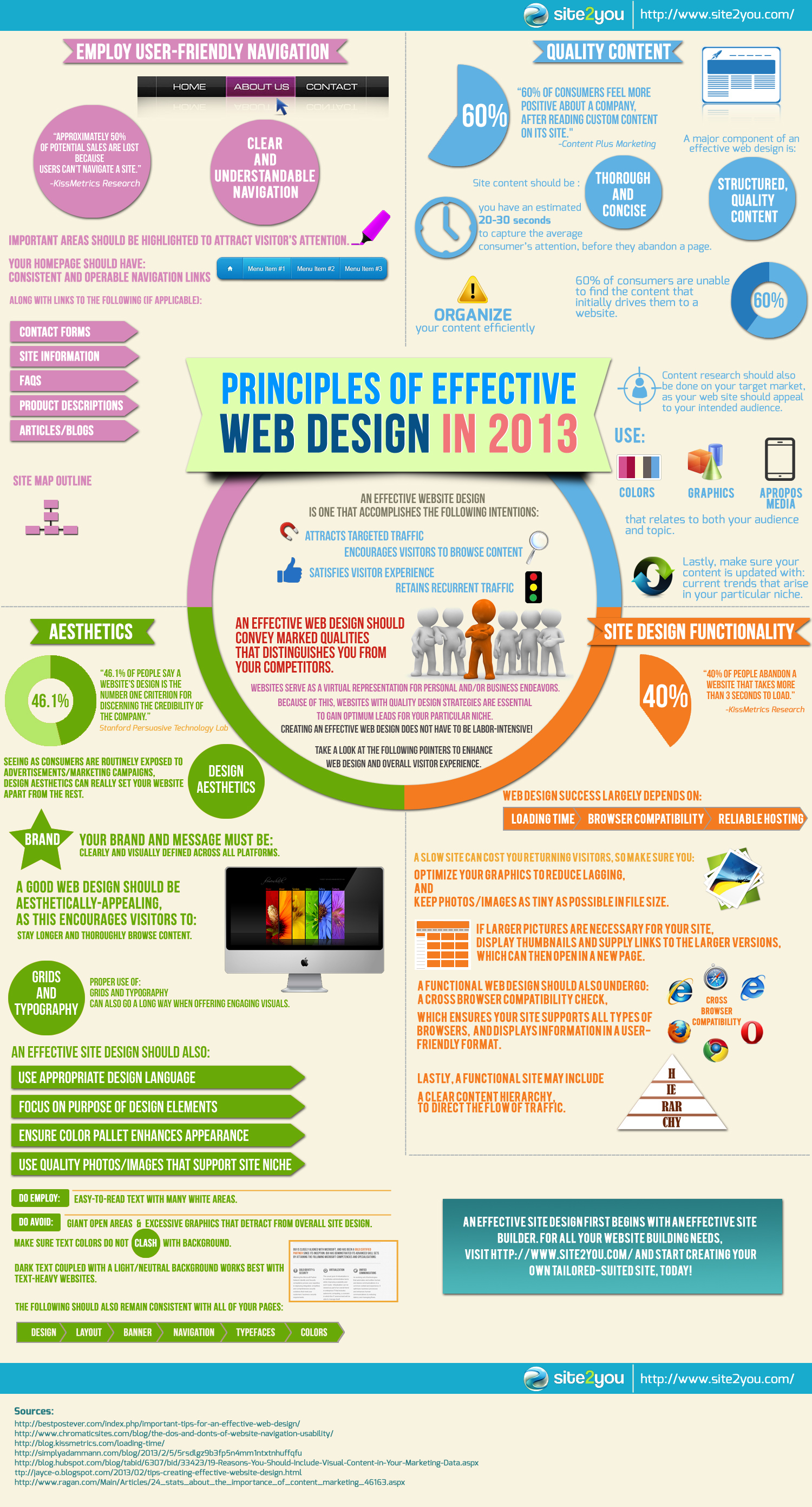Internet Site Design: A Trip With Time.From Modest Starts To Modern Marvels, Site Layout Has Undergone A Significant Transformation For Many Years
Internet Site Design: A Trip With Time.From Modest Starts To Modern Marvels, Site Layout Has Undergone A Significant Transformation For Many Years
Blog Article
Produced By-Carstens Harding
In the past, websites were easy and concentrated on details. Navigation was straight, and layout was for desktops. Currently, customer experience is key. Information overviews layouts for simple navigation. Responsive formats match different gadgets. Today, dark mode minimizes stress, and minimal food selections enhance navigating. Interactive functions engage customers, and vibrant visuals stand apart. AI combination increases involvement. See exactly how style has evolved to enhance your online journey.
Early Days of Web Design
In the early days of website design, simpleness reigned supreme. Websites were basic, with limited shades, font styles, and layouts. The focus was on supplying details as opposed to showy visuals. Individuals accessed the internet through slow-moving dial-up links, so speed and performance were vital.
Navigation menus were straightforward, commonly located on top or side of the page. Sites were developed for home computer, as mobile surfing had not been yet prevalent. Content was king, and designers prioritized very easy readability over complicated design elements.
HTML was the primary coding language made use of, and designers needed to function within its restraints. Computer animations and interactive functions were very little compared to today's requirements. Web sites were fixed, with little vibrant material or individualized user experiences.
Increase of User-Focused Layout
With the advancement of site design, a change towards user-focused layout concepts has actually ended up being significantly prominent. Today, creating web sites that prioritize individual experience is important for engaging visitors and accomplishing business objectives. User-focused layout involves comprehending the requirements, choices, and behaviors of your target audience to customize the website's format, content, and features appropriately.
Developers currently conduct detailed study, such as individual surveys and use screening, to gather understandings and comments directly from individuals. This data-driven strategy assists in developing intuitive navigation, clear calls-to-action, and visually appealing interfaces that resonate with visitors. By putting the user at the center of the style process, sites can deliver a much more customized and enjoyable experience.
Responsive style has actually also become a key element of user-focused style, ensuring that web sites are maximized for numerous tools and display sizes. This adaptability improves availability and usability, satisfying the varied ways customers engage with websites today. In essence, the rise of user-focused layout signifies a change towards creating digital experiences that prioritize the needs and expectations of the end individual.
Modern Trends in Web Design
Explore the most recent fads shaping website design today. see this website is dark setting style, offering a smooth and modern-day look while reducing eye stress in low-light settings. Another crucial pattern is minimal navigation, simplifying food selections and boosting individual experience by focusing on essential elements. Incorporating simply click for source -interactions, such as computer animated buttons or scrolling results, can create a much more appealing and interactive web site. Responsive layout continues to be important, making certain seamless customer experiences across various devices. In addition, using bold typography and unbalanced layouts can include visual interest and accentuate certain material.
Incorporating AI technology, like chatbots for customer support or individualized referrals, boosts user interaction and simplifies procedures. Accessibility has also come to be a significant trend, with designers prioritizing inclusive layout techniques to deal with diverse individual needs. Accepting sustainability by enhancing site efficiency for rate and efficiency is an additional arising trend in website design. Teaming up with customer responses and information analytics to iterate and enhance style continually is necessary for remaining appropriate in the ever-evolving digital landscape. By embracing these modern trends, you can produce an aesthetically appealing, easy to use internet site that resonates with your target market.
https://www.thedrum.com/opinion/2022/01/26/why-ai-critical-marketing-success
As you review the advancement of site design from the very early days to now, you can see exactly how user-focused design has actually come to be the driving pressure behind modern-day trends.
Embrace the trip of change and adjustment in website design, constantly maintaining the user experience at the leading edge.
Stay present with the most up to date fads and technologies, and never stop evolving your approach to create visually stunning and easy to use sites.
Evolve, adapt, and develop - the future of website design remains in your hands.
